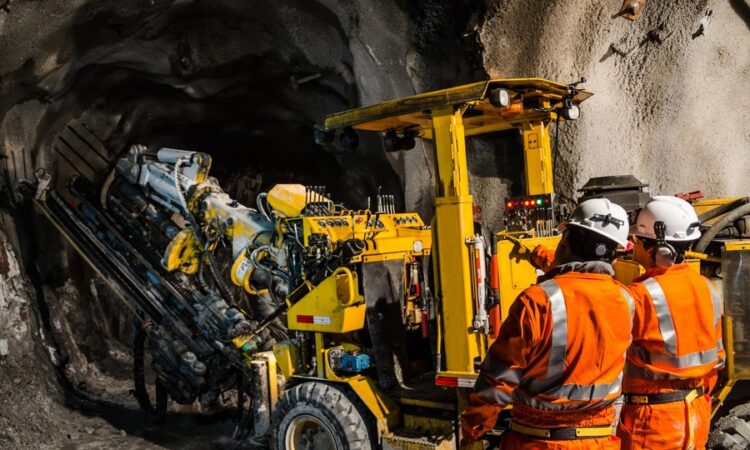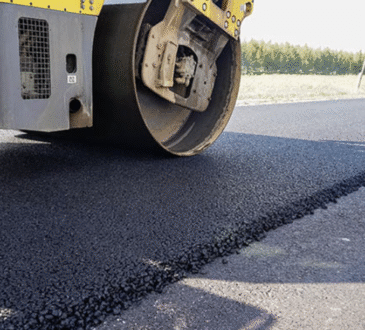
Australia’s mining industry operates in some of the world’s most challenging environments. From remote Pilbara iron ore operations to underground coal mines in Queensland, worker safety depends on meticulous attention to detail. Workshop organization and equipment storage play critical roles in maintaining safety standards that protect lives and prevent catastrophic incidents.
The Stakes in Mining Safety
Mining workshop accidents carry consequences that extend far beyond individual injuries. Equipment failures can trigger mine-wide shutdowns, environmental incidents, and regulatory interventions. Recent analysis reveals that 23% of mining incidents trace back to maintenance-related issues, with inadequate tool storage and workshop organization contributing significantly to these failures.
Regulatory Compliance Requirements
Mining operations must comply with stringent safety regulations that govern equipment storage and workshop organization. Safe Work Australia guidelines specify requirements for hazardous material storage, tool organization, and maintenance documentation. State mining regulators conduct regular inspections that scrutinize workshop organization and safety equipment storage.
Specialized Storage for Mining Equipment
Mining equipment presents unique storage challenges. Hydraulic components require contamination-free environments, while electrical equipment needs moisture protection. Heavy equipment parts require robust storage solutions – a single mining truck tire weighs over 5,000 kilograms.
Chemical storage in mining workshops requires particular attention. Lubricants, cleaning solvents, and maintenance chemicals must be stored according to MSDS requirements. Specialized steel storage containers designed for hazardous materials ensure regulatory compliance while maintaining safety through proper segregation and ventilation.
Critical Equipment Accessibility
Mining operations cannot afford delays when critical equipment fails. Emergency repair situations demand immediate access to specialized tools and replacement parts. 24/7 operations create unique accessibility requirements, with workshop storage accommodating multiple shifts with different skill levels.
Environmental Protection
Mining workshops operate in harsh environments that challenge conventional storage solutions. Dust, moisture, temperature extremes, and corrosive conditions require specialized protection. Sealed storage units prevent contamination that can cause equipment failures and safety hazards.
Emergency Response Integration
Mining workshop storage must integrate seamlessly with emergency response procedures. Rescue equipment storage requires immediate accessibility during emergencies. Self-contained breathing apparatus, gas detection equipment, and emergency communication devices must remain ready for immediate use while protected from environmental damage.
Technology Integration
Modern mining operations rely on sophisticated diagnostic equipment and computerized maintenance systems. RFID tracking systems help manage tool inventory, while integration with computerized maintenance management systems provides real-time visibility into tool availability and maintenance schedules.
Conclusion
Mining industry workshop safety requires specialized storage solutions that address unique environmental challenges, regulatory requirements, and operational demands. Success requires partnering with suppliers who understand these challenges and can provide solutions that enhance safety performance while supporting operational excellence.




